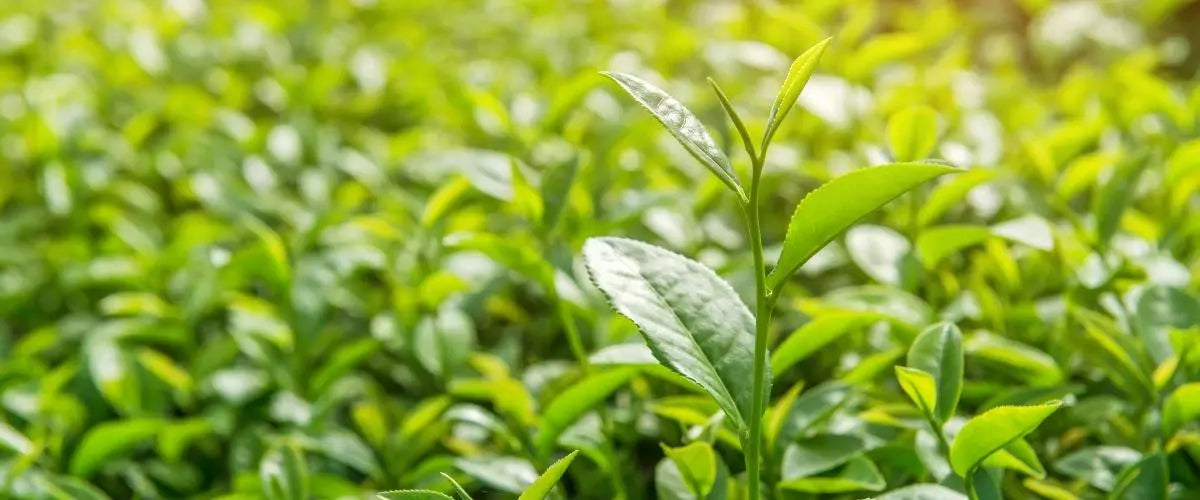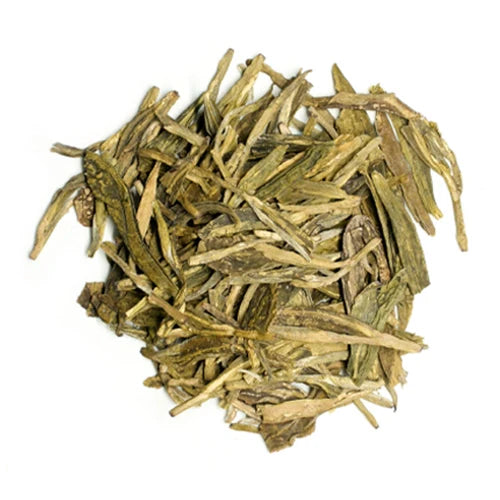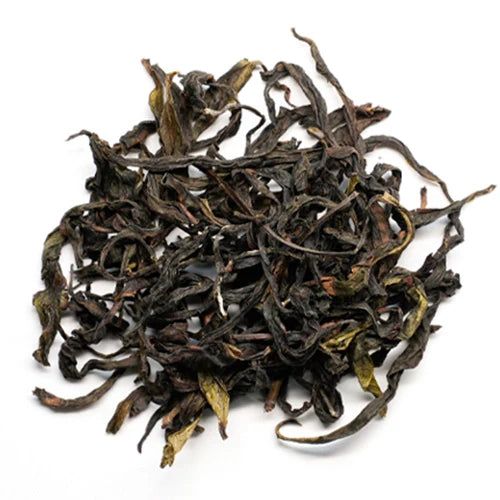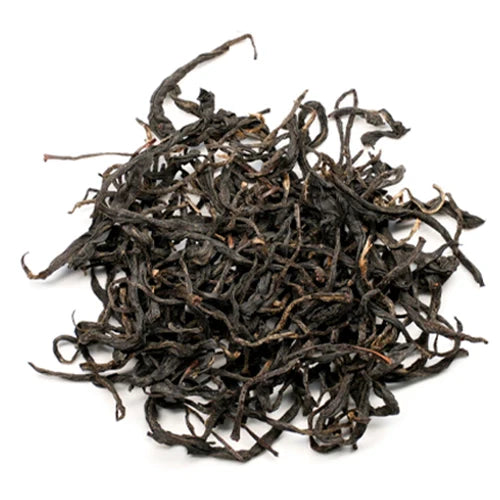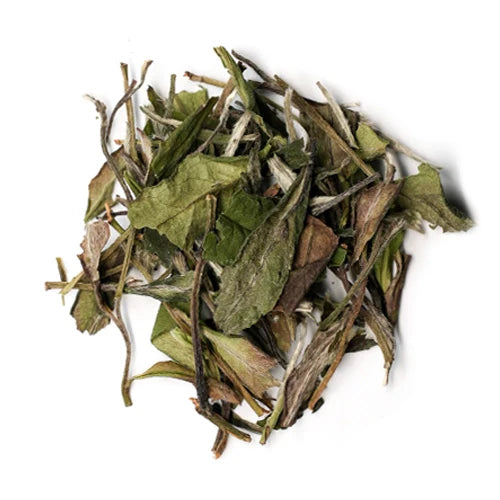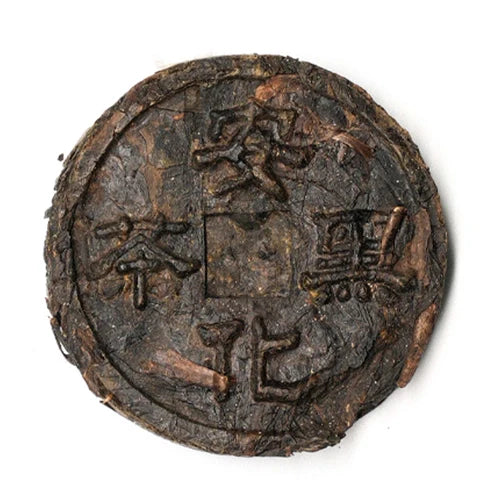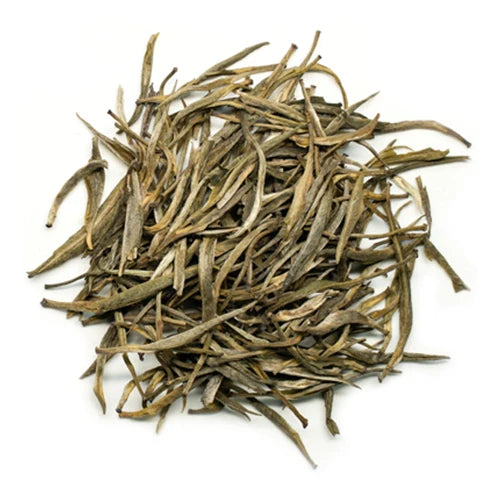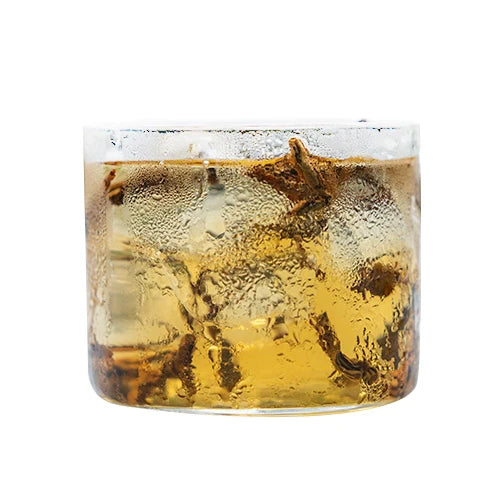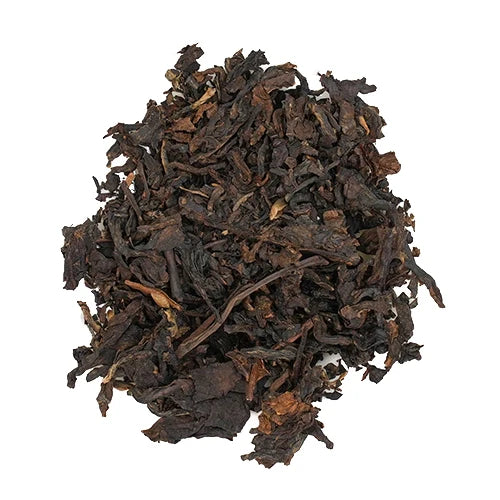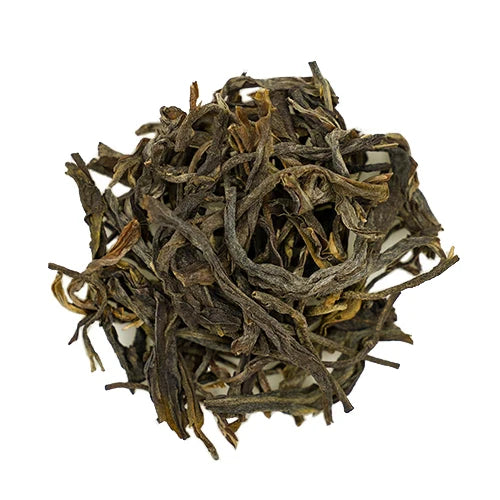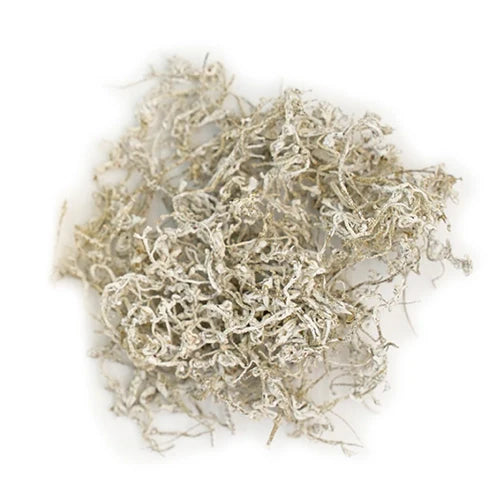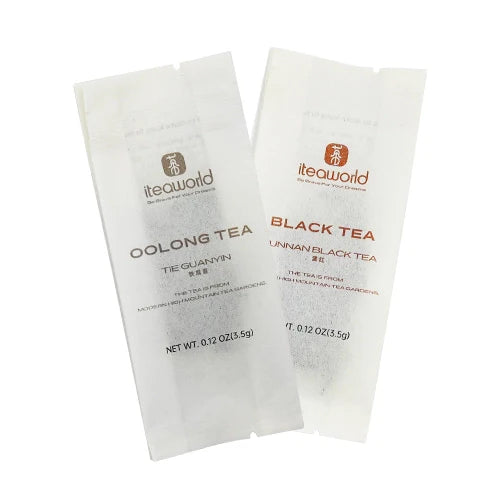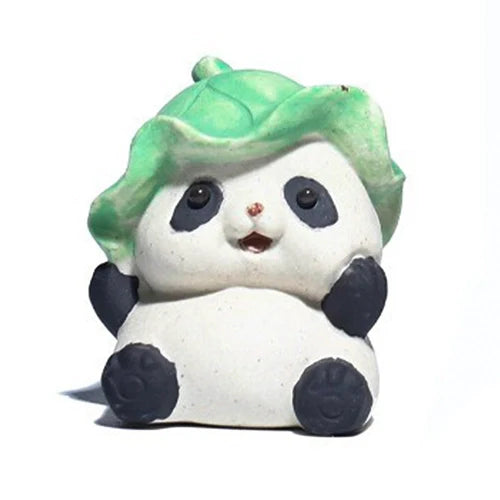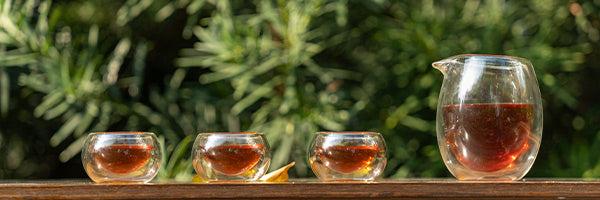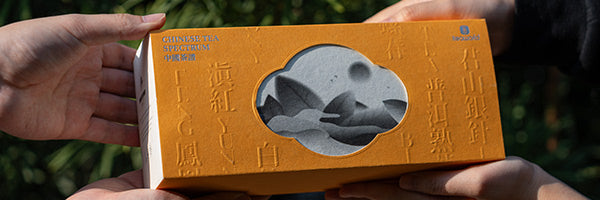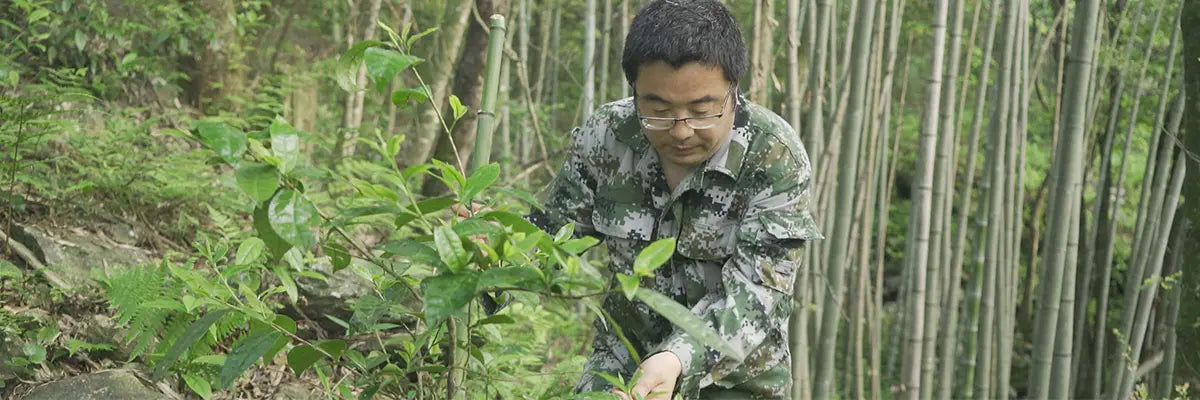Scented tea is a unique kind of Chinese tea. It doesn’t belong to the traditional six tea categories, but instead falls into a separate group known as “reprocessed teas.” Different flowers and different tea bases can be paired in all sorts of ways, creating an incredible variety of flavors and aromas. So with so many options out there, what makes each type of scented tea different?
And more importantly, how do we choose the one that truly suits our taste?
1. Choosing by the Number of Scenting Rounds
People often say that a high-quality scented tea is “tea is the bones, flowers are the soul.” Scenting is the magic that blends the two together.
It’s the process of reshaping the aroma of the tea, allowing it to carry the fragrance of specific flowers. Different teas and flowers each have their own characteristics, so the scenting method may vary slightly, but the basic principle is the same.
Generally, the more scenting rounds, the stronger the fragrance. But some flowers have very short bloom periods—sometimes only a month, like Osmanthus—so the maximum number of rounds is usually limited to three.

Take jasmine tea as an example, which has a longer bloom period. Everyday jasmine tea is usually scented around three times. The result is a tea with balanced flavor and aroma—fragrant, but the scent doesn’t last very long. Mid-tier jasmine tea is scented 4–6 times. At this stage, the floral aroma is rich, long-lasting, and fully infused into the tea. High-end jasmine tea is scented about 7–9 times. The fragrance is intense and persistent, requiring more flowers and more time for each round.
2. Choosing by the Type of Flower
The reason scented teas are so beloved is their rich, lasting aroma. Different flowers bring different scents—jasmine has a full-bodied fragrance, osmanthus is sweet, and tuberose carries a delicate, elegant aroma. The key is choosing the scent you enjoy.
Whatever the flower, the fragrance should feel fresh, vibrant, and pure. This requires harvesting the flowers at just the right time. Usually, flowers are picked on sunny days, since wet flowers can hinder both their fragrance and the tea’s ability to absorb it.

Flowers can also be divided by their scent characteristics: aromatic flowers and constitutional flowers. Jasmine is a classic example of an aromatic flower: the aroma comes out when the flower blooms, so fresh buds are needed for each scenting round. Osmanthus, on the other hand, releases fragrance whether or not it’s fully open, allowing a single harvest to be used for two rounds of scenting. Some teas even retain a few dried flowers in the final product to enhance the aroma, as in Daidai flower, white orchid, and pearl orchid.

Freshness is essential for every flower used. That’s why tea is usually scented where the flowers are grown. China’s main jasmine-producing regions, for example, include Hengzhou in Guangxi, Fuzhou in Fujian, Jianwei in Sichuan, and Jiangyuan in Yunnan. These areas are also the heartlands of China’s jasmine tea production.
3. Choosing Scented Flower Tea by the Tea Leaves
In fact, all six major tea types can be used as the base for scented flower tea. That said, jasmine green tea, made with green tea leaves, is by far the most common, accounting for about 70–80% of all scented teas. White and yellow tea-based scented teas are rarer. Regardless of the type, the tea leaves used are always of high quality, with whole, intact leaves. After all, the leaves provide the structure and basic flavor of the tea.
① Green tea bases: Most use baked green teas, which have strong absorption and preserve the fresh, lively floral aroma. The resulting teas are fragrant and crisp, like jasmine green tea, pearl orchid flower green tea (from Shexian, Anhui), and daidai flower green tea.

Click the image or link to learn more about Daidai blossom tea>>
② Black tea bases: Black tea naturally has a sweet, rich, and mellow flavor. Adding flowers softens and smooths it further, making it perfect for autumn and winter. Classic examples include osmanthus black tea, rose black tea, and gardenia black tea.
Click the image or link to learn more about Osmanthus black tea>>
③ Oolong tea bases: Lightly oxidized oolongs are most common, such as Taiwan high-mountain oolong, light-roast Tieguanyin, and Baiyaqilan. These teas are refreshing, rich in taste, and aromatic, so scenting is usually moderate to balance the tea aroma with flower fragrance. Common examples include Osmanthus Oolong, Jasmine Oolong, and Pomelo Blossom Oolong.
Click the image or link to learn more about Pomelo Blossom Oolong>>
④ Dark tea bases: Dark teas are mellow, thick, smooth, and slightly sweet. Scenting them keeps the tea’s character while adding floral fragrance, making them ideal for winter simmered drinks. For example, jasmine Liubao tea.





